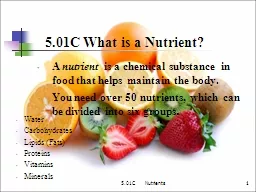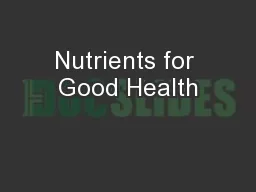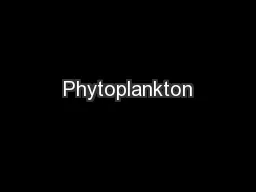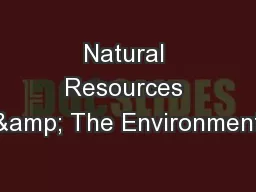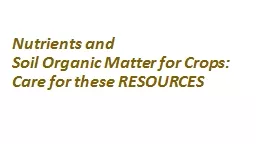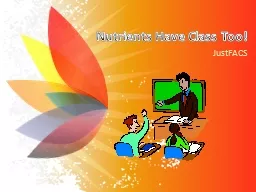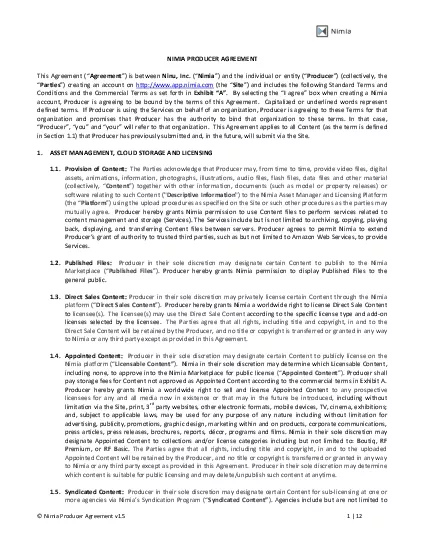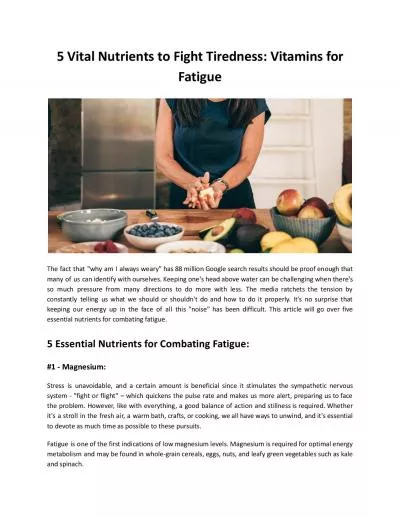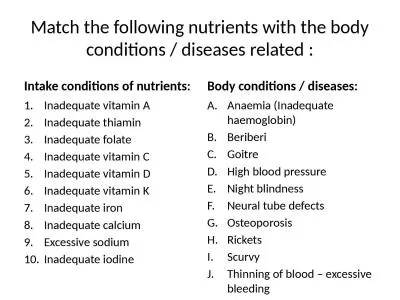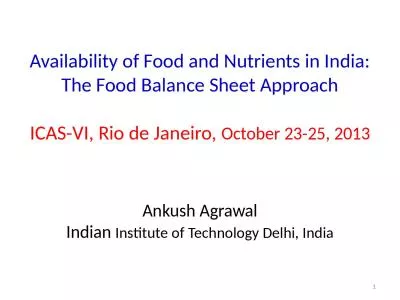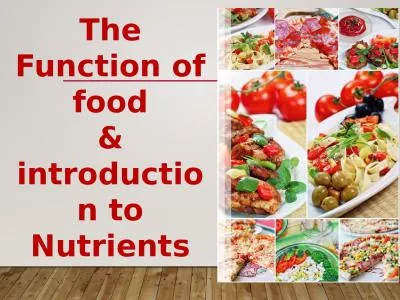PPT-5.01C Nutrients
Author : cheryl-pisano | Published Date : 2016-11-25
1 1 501C What is a Nutrient A nutrient is a chemical substance in food that helps maintain the body You need over 50 nutrients which can be divided into six groups
Presentation Embed Code
Download Presentation
Download Presentation The PPT/PDF document "5.01C Nutrients" is the property of its rightful owner. Permission is granted to download and print the materials on this website for personal, non-commercial use only, and to display it on your personal computer provided you do not modify the materials and that you retain all copyright notices contained in the materials. By downloading content from our website, you accept the terms of this agreement.
5.01C Nutrients: Transcript
Download Rules Of Document
"5.01C Nutrients"The content belongs to its owner. You may download and print it for personal use, without modification, and keep all copyright notices. By downloading, you agree to these terms.
Related Documents

